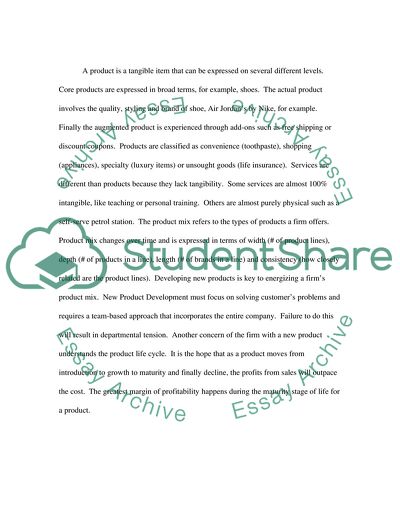Cite this document
(Consumer Behavior and Market Segmentation Assignment, n.d.)
Consumer Behavior and Market Segmentation Assignment. Retrieved from https://studentshare.org/marketing/1759805-summary-and-analysis-of-lecture-notes-commerce-of-managing-for-value-creation-1
Consumer Behavior and Market Segmentation Assignment. Retrieved from https://studentshare.org/marketing/1759805-summary-and-analysis-of-lecture-notes-commerce-of-managing-for-value-creation-1
(Consumer Behavior and Market Segmentation Assignment)
Consumer Behavior and Market Segmentation Assignment. https://studentshare.org/marketing/1759805-summary-and-analysis-of-lecture-notes-commerce-of-managing-for-value-creation-1.
Consumer Behavior and Market Segmentation Assignment. https://studentshare.org/marketing/1759805-summary-and-analysis-of-lecture-notes-commerce-of-managing-for-value-creation-1.
“Consumer Behavior and Market Segmentation Assignment”, n.d. https://studentshare.org/marketing/1759805-summary-and-analysis-of-lecture-notes-commerce-of-managing-for-value-creation-1.


